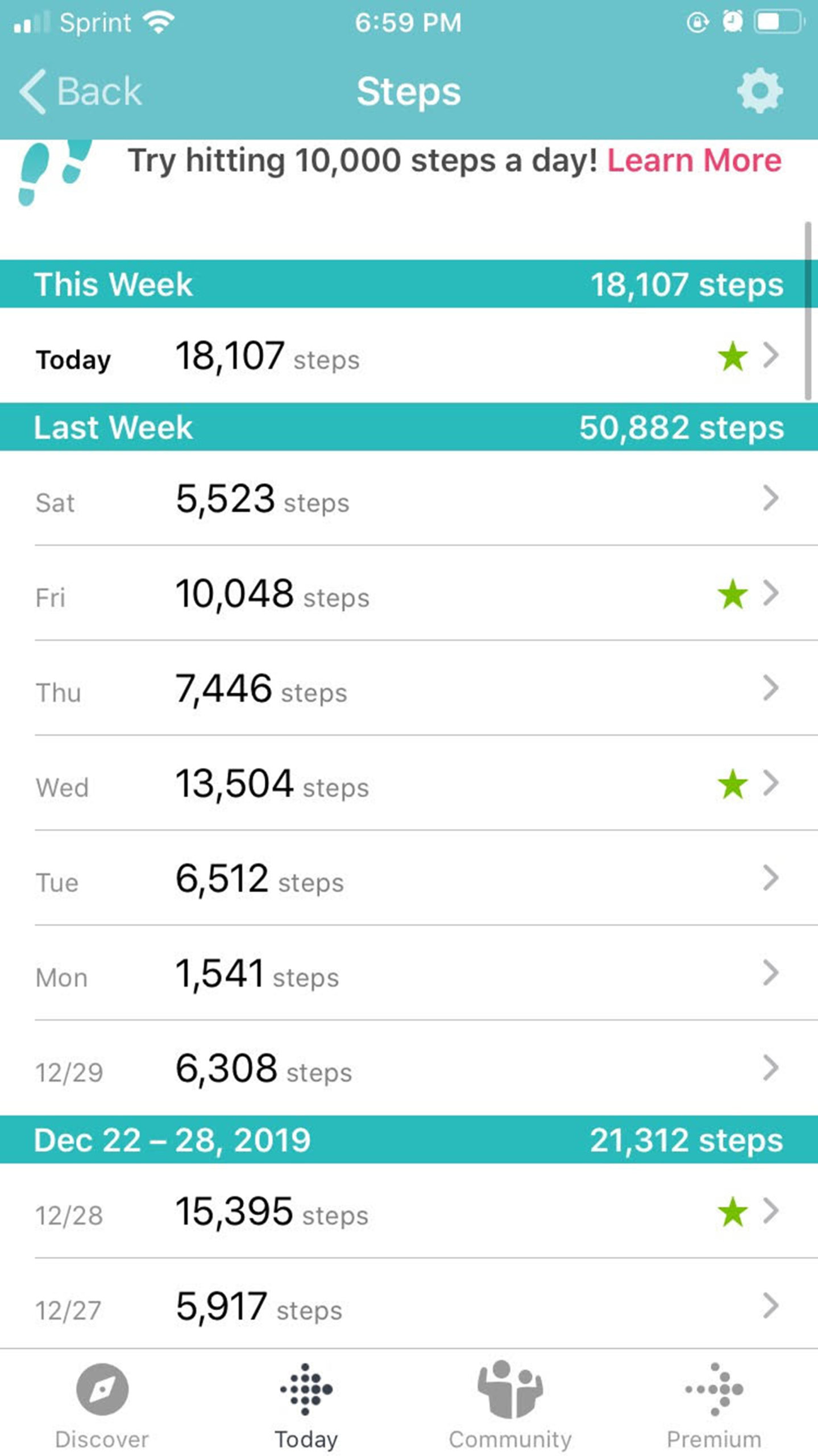Wearable Tech


“Feed me 250 steps,” my new FitBit Inspire demands, buzzing every hour. When I originally put the device on my Christmas wish-list, I never envisioned the wearable technology would liken itself to a Tamagotchi, constantly needing attention. Nor did I realize I was grouping myself into the demographic of trending fitness for the next decade. But here I am, pacing around a room and stepping my way to a healthier lifestyle.
Every year the American College of Sports Medicine conducts a survey of fitness trends around the globe. A trend is defined as a development in the way people are behaving, versus a fad, where enthusiasm is expressed for a brief period before fading. The goal of the survey is to aid business decisions within the fitness industry through positively perceived effects. To get a better understanding of the scope, the editors of ACSM’s Health & Fitness Journal represent corporate, clinical, community, and commercial sectors of the health industry.
The electronic survey was sent to nearly 57,000 individuals, including ACSM-certified professionals, with a total response of just over 3000. Fifty-nine percent of those responses were from women. Out of the group, 45 percent were age 22 to 34 and 60 percent had more than 10 years of industry experience.
The results came back with wearable technology as the number one trend for 2020, holding up its top three spot since 2016. It’s an industry estimated to be worth nearly $95 billion. Fitness and activity tracker devices include Fitbit, Samsung Gear Fit2, Misfit, Garmin, and Apple. Wearable tech can measure everything from heart rate and calories to sleep quality, making it an ideal companion for monitoring individual wellness progress.
Since I am now an out and proud FitBit addict, I’ll focus on that brand’s technology. According to FitBit, it monitors heart rate through photoplethysmography, light that measures blood flow on your body. Because of this, the device will show resting heart rate, zones, cardio level, and even guided breathing. Its SmartTrack makes use of a two-axis accelerometer in detecting intensity, patterns, and type of activity being done. Being new to the wearable tech club, I’m still figuring this one out and can oftentimes be seen swinging my arms on a stationary bike just to assure it counts my steps.
Finally, the same PurePulse technology used for heart rate additionally tracks sleep, down to REM, light sleep, deep sleep, and awake patterns. You can track water intake, calorie counter, weight goals. Through the FitBit app, all of the data is synchronized, measured, and compiled in a single location. It’s a trainer, motivator, and non-professional doctor all in one.
Through a community tab, the app allows you to invite friends to view each other’s progress, and join unique groups in your area from fitness to eating well tips. Upgrade to Premium for an additional fee and suddenly there are audio and video workouts, guided programs, mindfulness tools, and wellness reports. All measurable on a device smaller than your watch and accessible anywhere you go.
nicole@indyeastend.com
@nikkionthedaily



